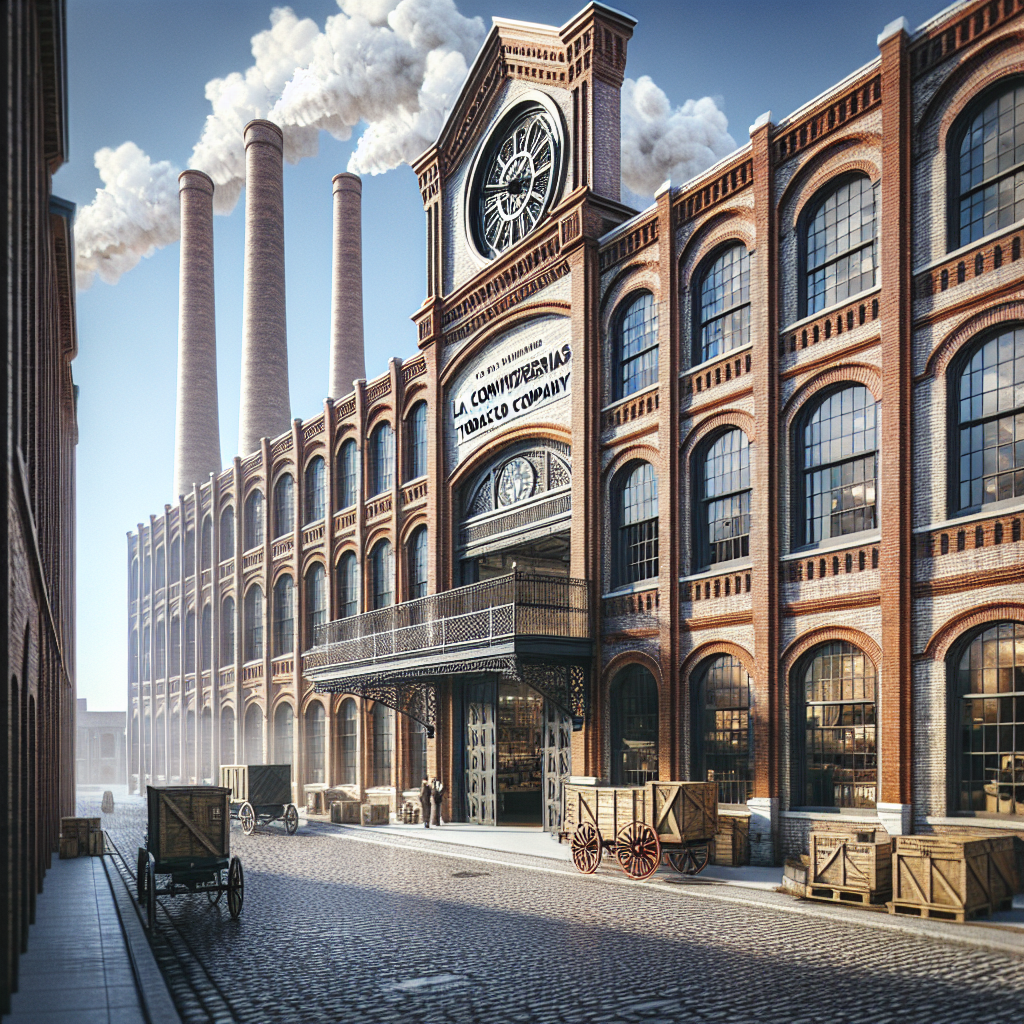Imagine traveling back in time to witness the evolution of one of the most fascinating tobacco companies that started in Victorian London—the Carreras Tobacco Company. Founded in 1788 by Don José Carreras Ferrer, this company has been an integral player in the tobacco industry, known for its bold marketing and innovative products. Over time, it became renowned not just in the United Kingdom but across the globe, offering a captivating story of cultural and economic impact. From early tobacco entrepreneurship to stylish brands, let's embark on a journey to demystify the Carreras legend.
Carreras made its mark amidst the whirling activities of 19th-century London, when the empire was experiencing its zenith of trade and expansion. Cigars were becoming symbols of sophistication and leisure, fitting seamlessly into the Victorian lifestyle. Carreras distinguished itself with bold and imaginative marketing strategies such as the iconic 'Black Cat' brand introduction in 1904, which captured the consumer’s imagination and became an emblem of innovation and prestige. This introduction wasn’t merely a product launch; it was a complete brand experience, carefully designed to captivate its audience.
Marketing innovations weren't the company's only forte. Carreras was a pioneer in production as well, constantly experimenting with tobacco blends and packaging to enhance consumer appeal. This devotion to quality was represented in their celebrated 'Craven A' cigarettes, launched in the 1920s, which were presented as 'Made specially to prevent sore throats'. Despite the controversial nature of health claims, during that era, it was a significant marketing pitch that propelled Carreras into the spotlight.
With their headquarters in London, the company expanded its manufacturing prowess by establishing a significant production center in Camden in 1928. This factory, known for its Art Deco architecture, was not just a manufacturing unit but an architectural marvel of its time. The enigmatic Egyptian motifs and the iconic cat statues that graced the factory showcased the company’s penchant for innovation and creativity. It was a blend of commerce and art that stood out in the tobacco world.
As the company grew, Carreras did not shy away from international expansion. By forming alliances with companies overseas, including the United States and Canada, Carreras enlarged its influence, by navigating trade relations with the dexterity of a seasoned explorer. This expansion wasn't just about economic growth; it was an immersive cultural exchange that highlighted the interconnected nature of global commerce.
But Carreras, like any industry titan, faced challenges—social perceptions about smoking changed dramatically in the latter half of the 20th century, leading to a downfall in its market prominence. Nevertheless, Carreras adapted by merging with Rothmans of Pall Mall in 1958, and later with BAT Industries, ensuring its legacy persisted. Through mergers and acquisitions, the Carreras spirit continued, a testament to its resilience and adaptability amidst shifting socio-economic landscapes.
Today, the story of Carreras Tobacco Company is part of a grander narrative about innovation, globalization, and adaptation. It’s a case study in entrepreneurship that bridges history, design, and social change. While tobacco’s place in modern society continues to evolve, the historical significance of Carreras stands as an intriguing reminder of a bygone era.
For history enthusiasts and business scholars alike, Carreras Tobacco Company serves as a fascinating example of how innovation, marketing savvy, and adaptive strategies can transform an industry icon into a cultural phenomenon. By dissecting its journey, we learn not only about Carreras’ multifaceted identity but also about the broader commercial and cultural trends that shaped the modern world. The legacy of Carreras is a compelling chapter in the tapestry of human enterprise, reminding us of the power of creativity and resilience.

